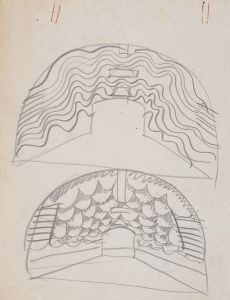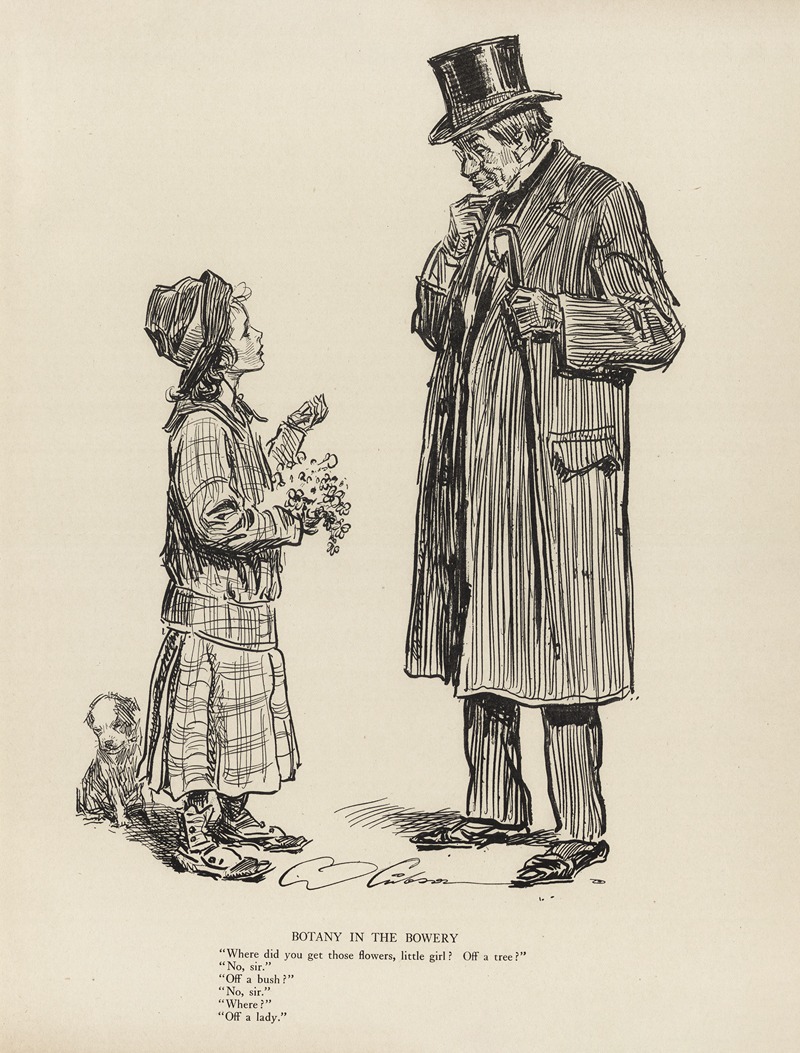
Botany in the bowery
A hand-painted replica of Charles Dana Gibson’s masterpiece Botany in the bowery, meticulously crafted by professional artists to capture the true essence of the original. Each piece is created with museum-quality canvas and rare mineral pigments, carefully painted by experienced artists with delicate brushstrokes and rich, layered colors to perfectly recreate the texture of the original artwork. Unlike machine-printed reproductions, this hand-painted version brings the painting to life, infused with the artist’s emotions and skill in every stroke. Whether for personal collection or home decoration, it instantly elevates the artistic atmosphere of any space.
"Botany in the Bowery" is an illustration by Charles Dana Gibson, an influential American graphic artist best known for his creation of the "Gibson Girl," a representation of the idealized American woman at the turn of the 20th century. Gibson's work, including "Botany in the Bowery," was primarily published in magazines such as Life, Harper's Weekly, and Scribner's, where his illustrations captured the social mores and cultural dynamics of his time.
Charles Dana Gibson was born on September 14, 1867, in Roxbury, Massachusetts. He studied at the Art Students League in New York City, where he honed his skills in pen-and-ink drawing. His career took off in the 1890s, and he became one of the most celebrated illustrators of his era. The "Gibson Girl" became a cultural icon, representing a new, independent woman who was both beautiful and socially active.
"Botany in the Bowery" is one of Gibson's lesser-known works, and specific details about its creation and publication are sparse. However, it is consistent with Gibson's style, which often included detailed line work and a keen observation of human expressions and interactions. The Bowery, a neighborhood in Manhattan, New York City, was known during the late 19th and early 20th centuries for its vibrant street life and diverse population, which may have served as inspiration for Gibson's illustration.
Gibson's illustrations often contained elements of satire and social commentary, reflecting the complexities of American society during his lifetime. His work was characterized by a blend of humor and realism, capturing both the elegance and the eccentricities of his subjects. While "Botany in the Bowery" may not be as widely recognized as his "Gibson Girl" series, it likely shares these thematic elements, offering insights into the social environment of the Bowery during that period.
Throughout his career, Gibson's illustrations were instrumental in shaping public perceptions of American culture and identity. His ability to capture the subtleties of human interaction and societal trends made his work both popular and influential. Gibson continued to produce illustrations until his retirement in the 1930s, leaving behind a legacy that has been studied and appreciated by art historians and enthusiasts alike.
In summary, while specific information about "Botany in the Bowery" is limited, it can be understood within the broader context of Charles Dana Gibson's body of work. His illustrations, characterized by their detailed line work and social commentary, provide a window into the cultural and social dynamics of his time. Gibson's influence on American illustration remains significant, and his works continue to be celebrated for their artistic and historical value.





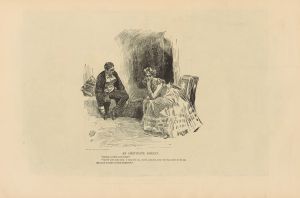
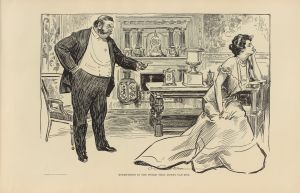
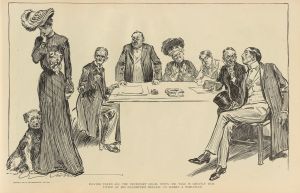
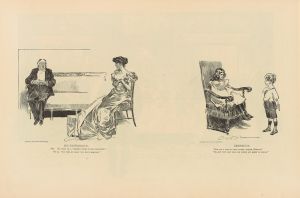
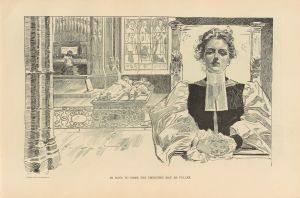

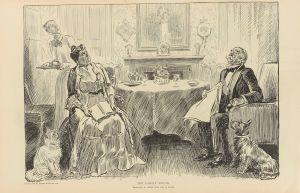

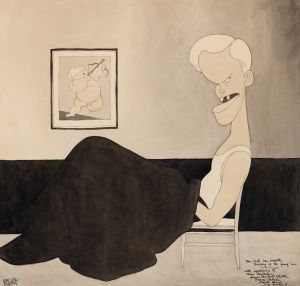
![Design for dčor of restaurant, 56 East 56th St, New York, NY.] [Drawing of suggested dčor for restaurant with color elevation and murals](/imgs/249282/s/winold-reiss-design-for-dcor-of-restaurant-56-east-56th-st-new-york-ny-drawing-of-suggested-dcor-for-restaurant-with-color-elevation-and-murals-29535340.jpg)
![Interior design sketches for Alamac Hotel, 71st and Broadway, New York, NY.] [Study for living room suite](/imgs/249366/s/winold-reiss-interior-design-sketches-for-alamac-hotel-71st-and-broadway-new-york-ny-study-for-living-room-suite-4619965b.jpg)
![Interior perspective studies for Restaurant Crillon, 15 East 48th Street, New York, NY.] [Study for Winter Garden](/imgs/249379/s/winold-reiss-interior-perspective-studies-for-restaurant-crillon-15-east-48th-street-new-york-ny-study-for-winter-garden-60e13bd3.jpg)
![Design sketches for Hotel Alamac, 71st and Broadway, New York, NY.] [Sketch for Medieval Grill Murals](/imgs/249415/s/winold-reiss-design-sketches-for-hotel-alamac-71st-and-broadway-new-york-ny-sketch-for-medieval-grill-murals-6dec3039.jpg)
